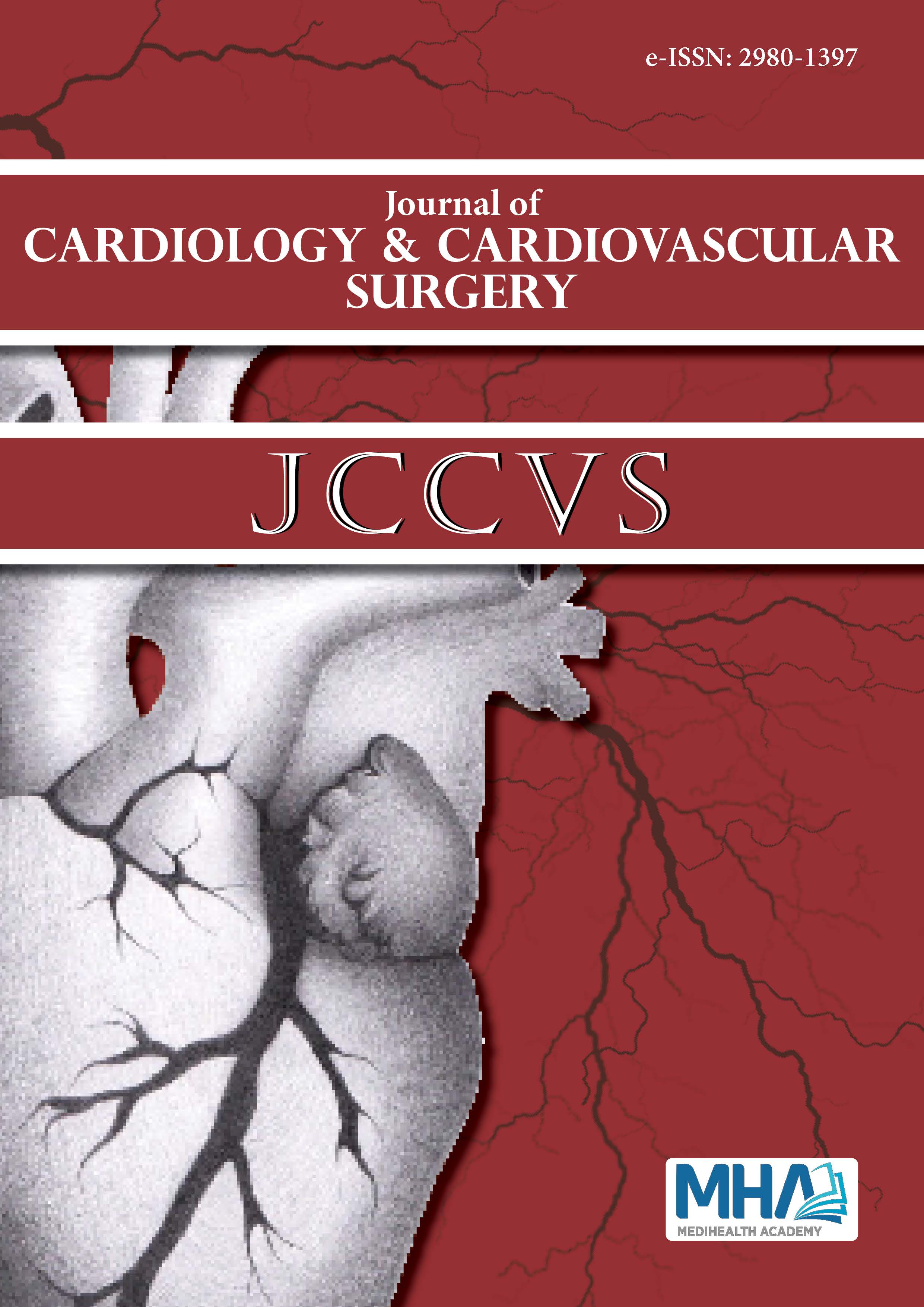1. Khan F, Tritschler T, Kahn SR, Rodger MA. Venous thromboembolism.Lancet. 2021;398(10294):64-77.
2. Anderson Jr FA, Spencer FA. Risk factors for venous thromboembolism.Circulation. 2003;107(23 Suppl 1):I9-I16.
3. Franchini M, Mannucci PM. ABO blood group and thromboticvascular disease. Thromb Haemost. 2014;112(6):1103-1109.
4. Li R, Chen Z, Gui L, et al. Varicose veins and risk of venousthromboembolic diseases: a two-sample-based mendelianrandomization study. Front Cardiovasc Med. 2022;9:849027.
5. Spiezia L, Campello E, Bon M, et al. ABO blood groups and the riskof venous thrombosis in patients with inherited thrombophilia. BloodTransfus. 2013;11(2):250-253.
6. Spavor M, Halton J, Dietrich K, et al. Age at cancer diagnosis, non-Oblood group and asparaginase therapy are independently associatedwith deep venous thrombosis in pediatric oncology patients: a riskmodel. Thromb Res. 2016;144:27-31.
7. Schleef M, Strobel E, Dick A, Frank J, Schramm W, Spannagl M.Relationship between ABO and Secretor genotype with plasma levelsof factor VIII and von Willebrand factor in thrombosis patients andcontrol individuals. Br J Haematol. 2005;128(1):100-107.
8. Martinelli I. von Willebrand factor and factor VIII as risk factors forarterial and venous thrombosis. Semin Hematol. 2005;42(1):49-55.
9. Larsen TB, Johnsen SP, Gislum M, Moller CA, Larsen H, SorensenHT. ABO blood groups and risk of venous thromboembolism duringpregnancy and the puerperium. A population-based, nested case-control study. J Thromb Haemost. 2005;3(2):300-304.
10. Jukic I, Bingulac-Popovic J, Dogic V, et al. ABO blood groups andgenetic risk factors for thrombosis in Croatian population. Croat MedJ. 2009;50(6):550-558.
11. Dentali F, Di Minno MN, Turato S, et al. Role of ABO blood group andof other risk factors on the presence of residual vein obstruction afterdeep-vein thrombosis. Thromb Res. 2014;134(2):264-267.
12. Cai C, Guo Y, You Y, et al. Deep venous thrombosis inCOVID-19 patients: a cohort analysis. clin appl thromb hemost.2020;26:1076029620982669.
13. Günertem E, Akay T, Aliyev A, et al. Treatment and prophylaxisstrategies for deep vein thrombosis during COVID-19 outbreak. Turk JVasc Surg. 2020;29(3):203-207.

